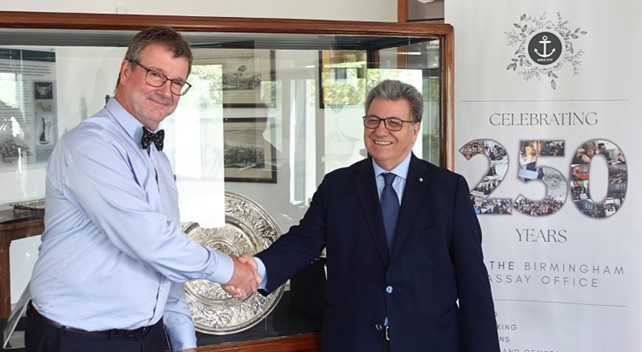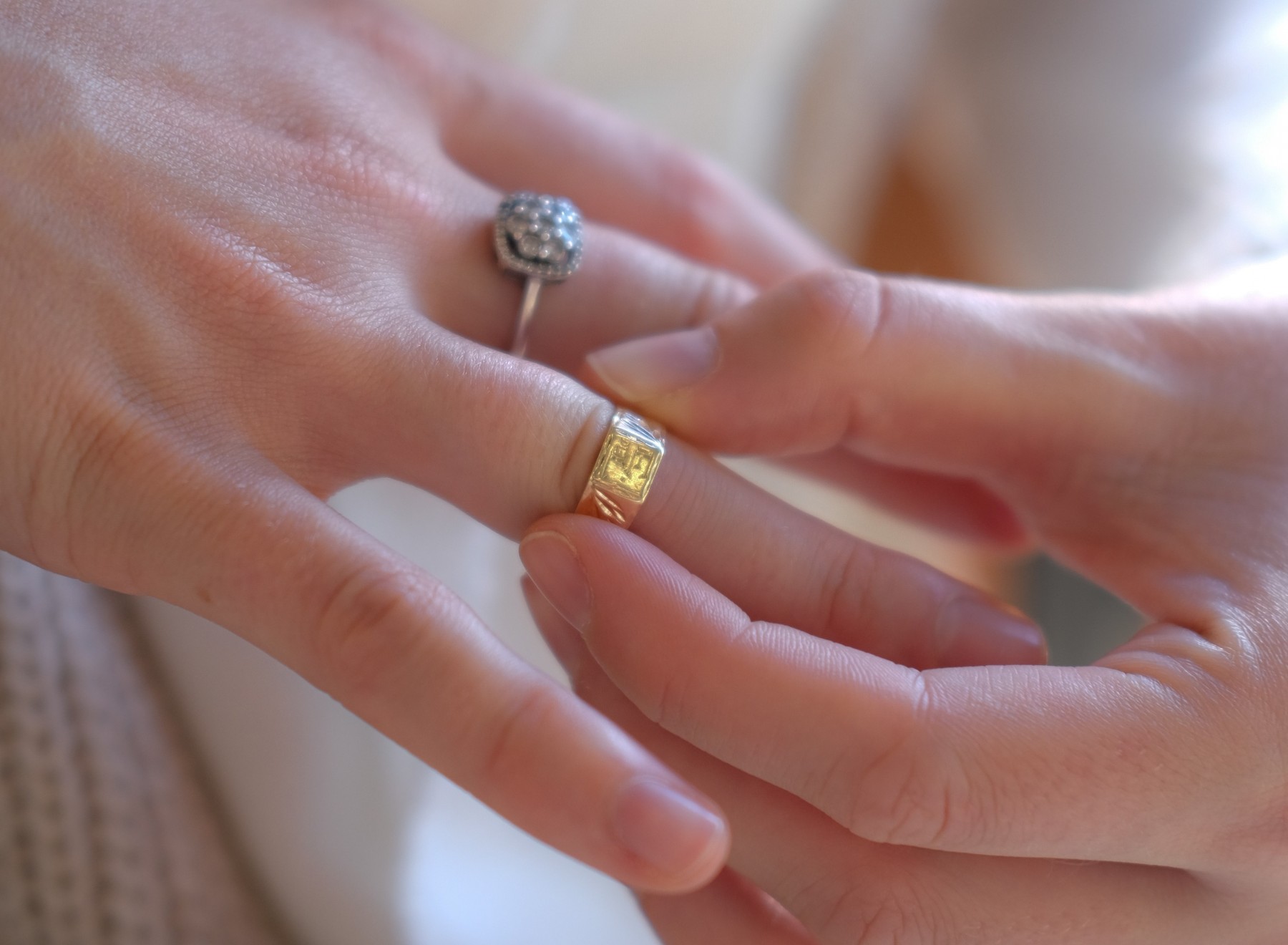Lead

DON'T BE 'MIS-LEAD'
The compliance level is very low at less than 0.05%(500ppm) and ensuring that all lead is extracted from the sample is crucial. Some tests are being carried out using an American method originally developed to analyse sediments, soil and sludge for environmental purposes. It is completely unsuitable for glass, ceramics and compounds. Comparative testing by The Laboratory has consistently proven this Method EPA 3050B to be ineffective in checking for compliance with the lead regulation for gl…

LEAD REGULATION NOW ENFORCEABLE
   Lead has long been recognized as a toxin and jewellers have felt an obligation to ensure products are âsafeâ but there has been no specific requirement for lead, unlike toys and other products. As a result many have been using EN71-3, the standard required for toys, to determine migration levels for lead. The situation has now been clarified with a clear requirement to ensure that lead content by weight is less than 500 parts per million, providing a definite, more …

MEET THE EXPERTS: KEEPING THE CHILDREN SAFE
New EU rules about which chemicals can be used in toy jewellery or kidsâ pieces cannot be ignored. We asked the Birmingham Assay Officeâs Michelle Cartwright to talk us through the issues. Product safety is becoming increasingly regulated within the EU and thus having a significant impact on the jewellery and watch industry. The burden is felt particularly heavily in the case of childrenâs jewellery which tends to sell for a lower price, partly due to its smaller size and a…

UNIQUE CRYSTAL GLASS TEST NOW AVAILABLE
The legislation is enforceable from 9th October 2013 and many customers have been asking for a test to verify that glass components in jewellery and watches fall within the recognised definition of âcrystal glass.â Â
Your item has been added to the basket
You need to create an account, or login before you can add this item to your basket.







